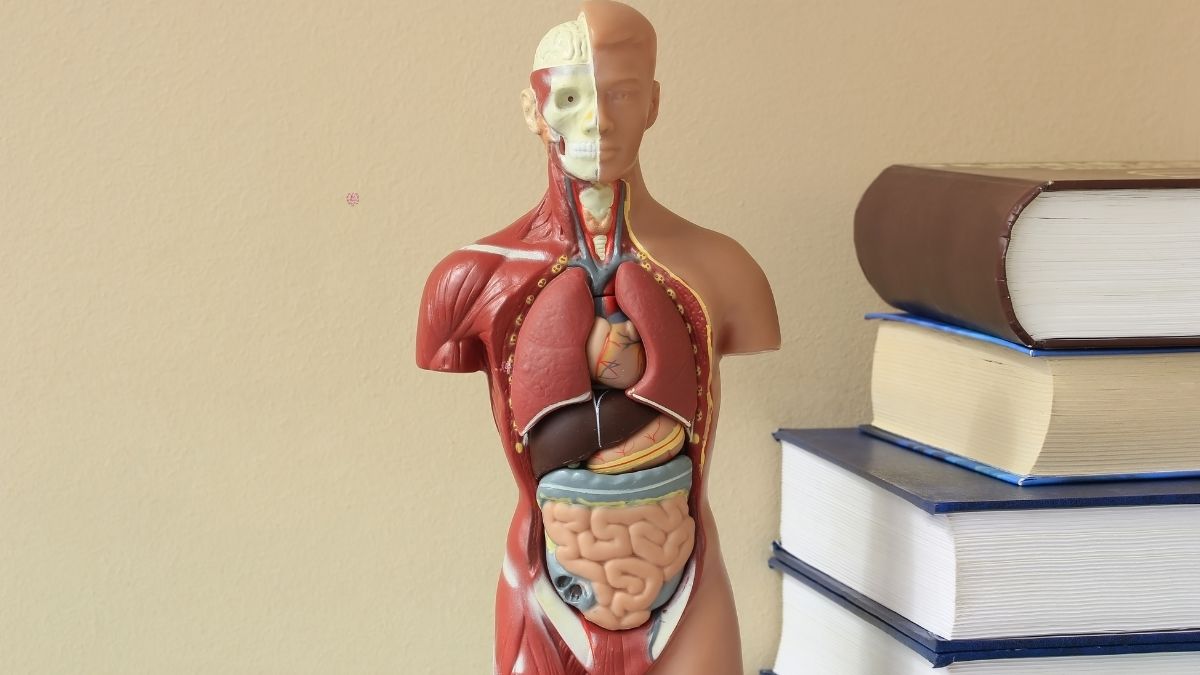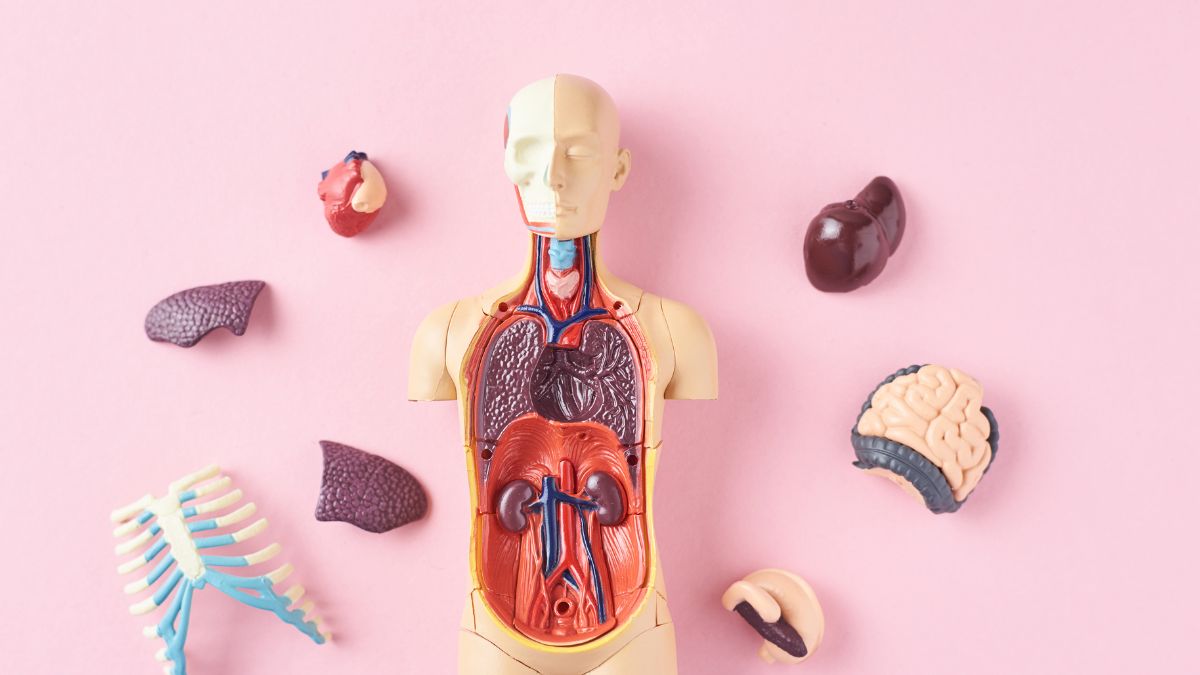- By Priyanka Munshi
- Wed, 10 Jul 2024 04:40 PM (IST)
- Source:JND
Maintaining heart health and avoiding major medical issues require an understanding of aortic aneurysms. Aortic aneurysms arise when a portion of the body's major artery, the aorta, grows excessively large or protrudes because of a weakening arterial wall. Understanding aortic aneurysms is crucial because, although they frequently develop silently without any noticeable symptoms, they have a high risk of rupturing and causing potentially fatal internal bleeding.
Additionally, people can take preventive action if they are aware of the risk factors, which include smoking, high blood pressure, genetic susceptibility, and specific connective tissue problems. Aortic aneurysms can be identified early and treated promptly with regular medical check-ups and imaging tests like CT scans or ultrasounds.

As the aortic aneurysms may often be silent threats, they should not be underestimated.(Image Credit: Canva)
In a conversation with Jagran English, Dr. V. Rajasekhar, a Senior Consultant in Interventional Cardiology and Electrophysiology, Certified Proctor for TAVR, and Clinical Director at Yashoda Hospitals in Hyderabad, emphasized the importance of understanding aortic aneurysms as a silent threat that requires attention.
According to Dr. V. Rajasekhar, aortic aneurysms are a serious medical condition that often goes unnoticed until they become life-threatening. This condition occurs when a weakened area in the wall of the aorta, the body's largest artery, bulges or balloons out. While aortic aneurysms can develop anywhere along the aorta, they most commonly occur in the abdominal or thoracic regions of the artery.
Also Read: Easy Exercise For Everyday: Start Swimming Daily For Whole Body Workout And Toned Muscles
One of the most concerning aspects of aortic aneurysms is that they are often asymptomatic, meaning individuals may not experience any noticeable symptoms until the aneurysm grows large or ruptures. This silent nature of aortic aneurysms makes them so dangerous, as they can go undetected for years until a catastrophic event occurs. Despite being more commonly seen in older individuals, aortic aneurysms can affect people of all ages, including young individuals. While it is not typically a leading cause of death among young people, it is crucial to be aware of the risk factors associated with aortic aneurysms. These risk factors include smoking, high blood pressure, atherosclerosis, genetic predisposition, and certain connective tissue disorders.

This condition occurs when a weakened area in the wall of the aorta, the body's largest artery, bulges or balloons out. (Image Credit: Canva)
Regular screening and monitoring of high-risk individuals can help detect aortic aneurysms early, allowing for timely intervention and treatment. Imaging tests such as ultrasound, CT scans, or MRI scans can help identify the presence of an aortic aneurysm and monitor its growth over time.
Dr. V. Rajasekhar also discussed the treatment options for aortic aneurysms. These vary depending on the size and location of the aneurysm, as well as the overall health of the individual. Small aneurysms may be monitored regularly to track any changes in size, while larger aneurysms may require surgical intervention to repair or reinforce the weakened artery wall.
Also Read: 5 Must-Read Romantic Thriller Books For Every Bibliophile
It is essential for individuals to be proactive about their cardiovascular health and seek medical attention if they experience symptoms such as chest or back pain, shortness of breath, or sudden, severe abdominal or back pain. Early detection and management of aortic aneurysms can significantly improve outcomes and reduce the risk of potentially life-threatening complications.
In conclusion, Dr. V. Rajasekhar emphasized that while aortic aneurysms may often be silent threats, they should not be underestimated. By raising awareness about this condition, promoting regular screenings for high-risk individuals, and encouraging early intervention, we can work towards preventing the devastating consequences of aortic aneurysms and improving overall cardiovascular health in our communities.

